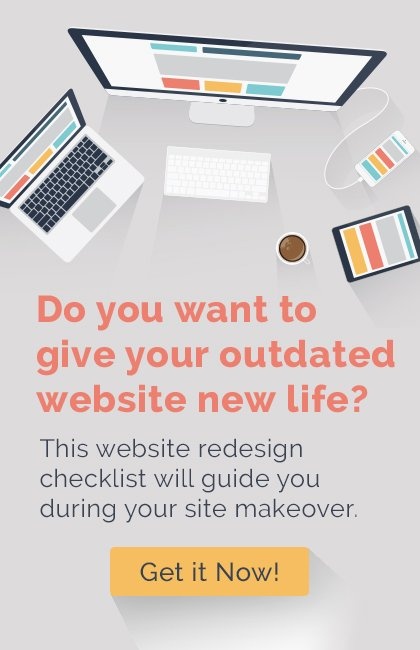
How Does Targeted Advertising Work?
Back before the Internet, it was difficult to escape ads. If you were watching TV, then you had no choice but to watch the commercials. However, because users have more control over what they view online, advertisements are easy to ignore. As a result, marketers are using targeted advertising to expose their ads to users who are more likely to show interest in their products or services. This reduces the chances that someone will ignore the ads. Let’s know more how this targeted advertising actually works.
How Does Targeted Advertising Work?
In order to target an audience that might be interested in a product or service being advertised, advertisers will use data collected on the user. This data can include demographic information as well as behavioral data. For example, if a person views a certain product on a website, their browser will submit this piece of data to third-party advertising networks. That information will be stored in a browser cookie, which is a snippet of code that shows sites that the person has viewed. When the person visits a different website that has the same advertising network, ads for the product the person viewed on the first site may show up. For example, if a person was checking out a new sofa on a furniture website and then visits a social media platform, like Facebook, they might find an ad for the sofa they were just looking at show up on their feed. This is a result of targeted advertising.
Types of Targeted Advertising
There are several types of targeted advertising. The following are a few common examples:
- Social media advertising – Many social media platforms will place advertisements in your feed or on the side of your pages. They have access to a lot of demographic information about its users that can help target different people.
- Behavioral advertising – Many sites will use past purchasing decisions to advertise to their visitors. For example, Amazon often recommends different products based on the purchasing behaviors of its customers.
- Search engine advertising – Search engine ads, such as Google AdWords, target users based on their search engine queries to match the keywords they use with those used by their ads.
How To Use Targeted Advertising Effectively
While targeted advertising can be incredibly effective in helping you find an audience that has a need for the products or services you’re advertising, it does have one drawback: some people may be put off by the ad if it looks like you’re using personal information about them in order to target your ad. This can come off as an invasion of privacy, after all. Keeping that in mind, the following are a few tips on how to use targeted advertising:
- Be transparent – Make sure that you let visitors know that you’re collecting data and how you are using that data. The more transparent you are, the less your audience will feel like you’re spying on them.
- Create control – Although you’ll want to use the visitor data on your site to target your ads, you should provide users with a sense of control by implementing security features, such as SSL certificates, firewalls, DoS, and more. This lowers the chances of someone stealing user information and it helps protect visitors.
- Don’t use sensitive information – You don’t need to use every bit of information you collect to target your ads. For example, you should avoid using information such as health conditions, race, relationship statuses, and sexual orientation to target ads.
- Targeted advertising can be an incredibly effective way to market your products and services. This is because it helps you identify audiences that will find your ads relevant. This makes your marketing campaign much more cost-effective as a result.




 Strategy –
Strategy –























